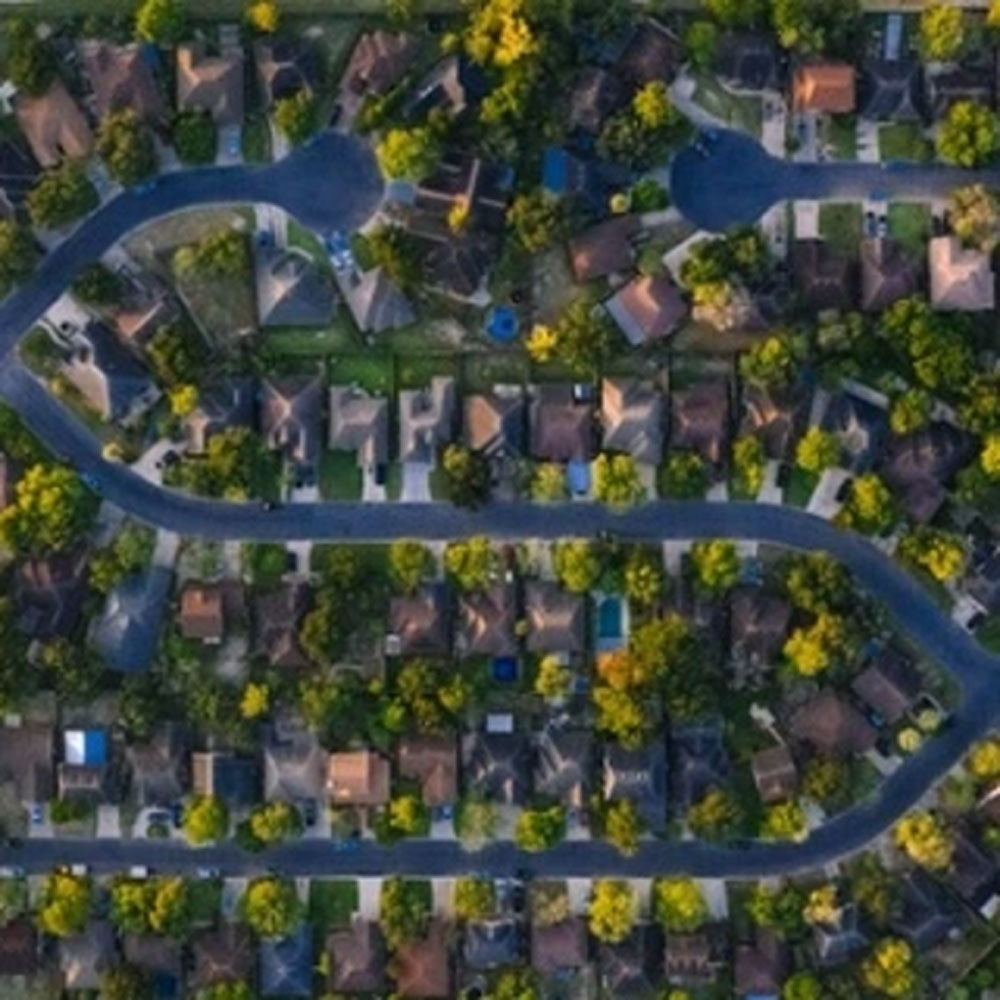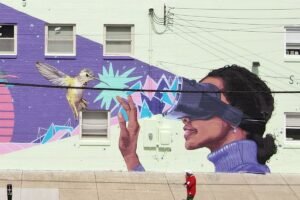 Urban planning and community development practitioners elevate specific theories about the demographic and neighborhood characteristics required to create vibrant communities. The complementary principles often include a racially and ethnically mixed population, broad income diversity, a balance of affordable homeownership and rental options, schools that prepare students for self-sufficiency, vibrant small businesses and transportation that connects people to economic opportunities across a region. Over the past several years, advocacy coalitions have pushed for development practices that encourage inclusive development by prioritizing low-income housing within resource rich neighborhoods. While this remains an important aspiration, the politics of space within Powderhorn Park, Minneapolis—the community that served as the backdrop of George Floyd’s death—illuminates that institutional and systemic racism and the ethics that inform it will always overshadow our vision of the built environment as a great equalizer.
Urban planning and community development practitioners elevate specific theories about the demographic and neighborhood characteristics required to create vibrant communities. The complementary principles often include a racially and ethnically mixed population, broad income diversity, a balance of affordable homeownership and rental options, schools that prepare students for self-sufficiency, vibrant small businesses and transportation that connects people to economic opportunities across a region. Over the past several years, advocacy coalitions have pushed for development practices that encourage inclusive development by prioritizing low-income housing within resource rich neighborhoods. While this remains an important aspiration, the politics of space within Powderhorn Park, Minneapolis—the community that served as the backdrop of George Floyd’s death—illuminates that institutional and systemic racism and the ethics that inform it will always overshadow our vision of the built environment as a great equalizer.
According to census data, Powderhorn Park, Minneapolis, is a racially diverse community that is almost 60 percent white, and over 40 percent people of color (18 percent Black, two percent Native American and Alaskan Native, one percent Asian or Pacific Islander, 19 percent Other, four percent Biracial). There is an equal split between homeowners and renter households and a mix of incomes, with an almost identical percentage of families making less than $35,000 as compared to those making $100,000 or more. Planners and practitioners advocate for this diverse cross-section of households so that benefits and amenities ascribed to the privileged higher income and educated class can befall lower-income minority households.
When developing low-income communities that possess untapped market potential, we aspire to a “less harmful” form of gentrification that creates controlled demand among higher income households. This intention is not usually acknowledged, so we tend to overlook the unintended and unavoidable consequences of this development model. In higher-income communities, we work to broaden tolerance for inclusionary ethics, policies, and practices. While the goal of integration is critical, without intentionality, it too can discount the tensions that bubble up when and where diversity and inclusionary policy collide without changing minds and deconstructing racist systems and institutions within the built environment.
Since the “founding” of our country, the built environment has been used as a mechanism to marginalize the other and to project the ethics and self-interests of the privileged. Whether those ethics manifested through overt atrocities like those levied upon Native Americans to remove them from prime real estate (cotton kingdom); or 20th-century redlining policies designed to siphon off investment into Black communities and maintain a permanent Black underclass; or the development of exclusive communities gated by fear, restrictive covenants, Confederate symbols, and exclusionary zoning practices to illuminate who belonged and who did not. These policies and practices continue to collide with our aspirational goals of mixed communities, in part because racism is rooted into the ethics informing these practices.
Sign up for our free newsletters
Subscribe to NPQ's newsletters to have our top stories delivered directly to your inbox.
By signing up, you agree to our privacy policy and terms of use, and to receive messages from NPQ and our partners.
Ethics are paradoxes that are temporarily resolved through political struggle and policy shifts. When analyzing ethical theories through the lens of geography and space, ideology frames alternative sides. The freedom to live where you want is perceived as a right embedded in the core American values of “life, liberty and the pursuit of happiness.” According to housing and property law expert Tim Iglesias, when this right intersects with socio-spatial priorities dictated by the privileged class, it produces a set of housing ethics that establish housing as a provider of social order and a land use. Each has been used to frame the geographic marginalization of poor minority groups through the architecture of housing and land use policy design.
- Housing as a social order protects the prerogative of individuals to choose where they live and who they live among, suggesting that housing is a means of protecting environments and individuals who are thought to be deserving from those that could threaten the balance and security of claimed spaces. It also suggests that integrating uses and groups leads to chaos and disorder. The ethic elevates an individual’s characterization of “livability” and expects policy to respect self-interested choices. It validates an individual’s right to live in a community with others who are believed to reflect their morals, values, and ethics without government interference.
- Housing as a land use recognizes housing as one of many uses necessary for a healthy community. This ethic correlates housing with wealth creation, educational quality, job opportunities, and mobility; and therefore, considers its relationship to other land uses and social outcomes. Ideally, this principle results in strategies that encourage integrated communities with diverse economic, social, and racial groups. However, it has typically been used to segregate land uses and segregate housing and services according to socioeconomic interests and perceptions. When weaved into local land use policy, this ethic most often deepens the divide and uses land use to make poverty deconcentration difficult to achieve through mixing incomes, increasing density, zoning or other practices.
These ethics inform policies and development patterns by containing and controlling movement and protecting access to space. Firmly rooted into our justice system is the ethic of property and place protection. The response to property damage after George Floyd’s death illuminated this attitude. The shock and condemnation of property harm rivaled that of the circumstances that prompted it. That “protect and control” ethos prompts communities to immediately identify, call out, and remove anyone perceived as a threat. In ideal circumstances, this community consciousness is designed to equitably maintain law and order. However, in practice this consciousness is informed by lived experiences and an individual’s perception of humanness. Therefore, the practitioners work to create spaces where diverse groups can co-exist comes into direct conflict with the underlying ethics designed to separate them.
What is the answer? There is no panacea, but we should grow our awareness and call out the shortcomings of models that guide urban development. Perhaps the goals that we have been working toward need to be critically reexamined. We should continue to ensure equitable access and opportunity to co-locate within mixed communities. However, that must be connected to ongoing work that creates equitable infrastructure within these communities, protects and serves the diverse needs of minorities, deconstructs institutions that marginalize “the other” and build systems that elevate tolerance and understanding across race and class. In equal measure, this serves as an opportunity to intentionally engage minority neighborhoods by investing in holistic development that benefits existing community members through the mediums of housing, education, healthcare, economic access and opportunity. Now is also the time to support and not drive the vision of community leaders, recognizing that their wisdom and agency should inform all levels of engagement. When we make the unconscious conscious—calling out the role that systemic racism plays in how the built environment is constructed and diversifying the voices that inform those decisions—then our models of urban development can contribute to more equitable outcomes for marginalized Black and Brown lives.








